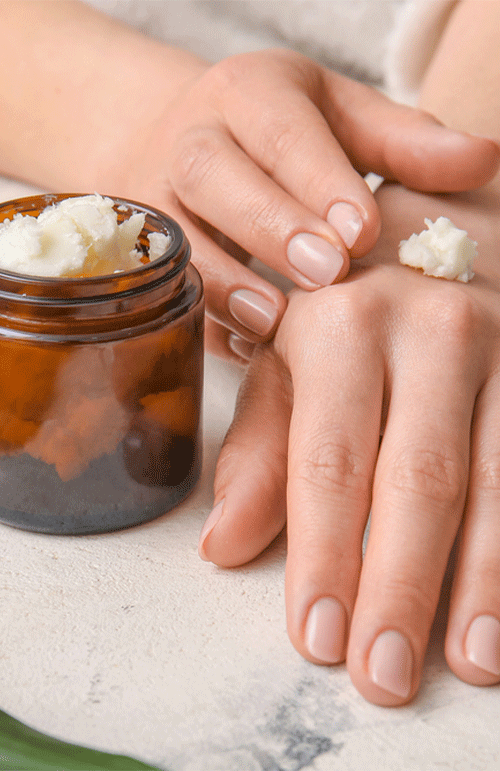Shea Butter
Planning to start Shea Butter business project
…or you represent a Cosmetic/Chocolate/Pharmaceutical Manufacturing Company and looking for a reliable supplier for unrefined Organic shear butter from Africa?
…Or you’re just searching Online to shop/buy Shea Butter in Uganda for personal use…?!
Well, if this describes you or your need , then take sometime to read this .
Shea butter is an off-white or ivory-colored fat extracted from the nut of the African shea tree (Vitellaria paradoxa).
In Uganda Shea butter or Moo yao as it is known in Lango and Acholi sub-regions is an indigenous fruit tree that grows mostly in the northern part of the country.
Shea butter is a triglyceride (fat) derived mainly from stearic acid and oleic acid.
It is widely used in cosmetics as a moisturizer, salve or lotion. Shea butter is edible and is used in food preparation in Africa.
Occasionally, the chocolate industry uses shea butter mixed with other oils as a substitute for cocoa butter, although the taste is noticeably different.
The English word “shea” comes from s’í, the tree’s name in the Bambara language of Mali.
A shea nut tree needs an average of seven to eight years to produce the first harvest.
However, when faced with adverse environmental factors like bush fires, the shea nut tree may become stunted and take up to 15 years to bear fruit.
During harvest, a shea nut tree can yield up to 20kgs of fresh fruit which produces about 5kgs of dry kernel that are made up of 42 to 48 percent oil.
The fruits resemble plums and take about four to six months to fully ripen.
-The History of Shea Butter
Accounts from as early as Cleopatra’s Egypt speak of caravans bearing clay jars of valuable shea butter for cosmetic use.
The funeral beds of early kings were carved in the wood of shea trees.
Shea butter’s skin care and healing properties were first harnessed thousands of years ago.
The history of shea as a precious commodity can be traced back to ancient Egypt, where shea butter was and continues to be used to protect the hair and skin in the fierce sun and the hot dry winds of African deserts and Savannah.
-Shea Butter Classification
The United States Agency for International Development and other companies have suggested a classification system for shea butter separating it into five grades:
A (raw or unrefined, extracted using water)
B (refined)
C (highly refined and extracted with solvents such as hexane)
D (lowest uncontaminated grade)
E (with contaminants).
Commercial grades are A, B, and C. The color of raw (grade A) butter ranges from cream (like whipped butter) to grayish yellow. It has a nutty aroma which is removed in the other grades. Grade C is pure white. While the level of vitamin content can be affected by refining, up to 95% of vitamin content can be removed from refined grades (i.e., grade C) of shea butter while reducing contamination levels to undetectable levels.
-Composition and properties of Shear Butter
Shea butter extract is a complex fat that in addition to many nonsaponifiable components (substances that cannot be fully converted into soap by treatment with alkali) contains the following fatty acids: oleic acid (40-60%), stearic acid (20-50%), linoleic acid (3-11%), palmitic acid (2-9%), linolenic acid (<1%) and arachidic acid (<1%).
Shea butter melts at body temperature. Proponents of its use for skin care maintain that it absorbs rapidly into the skin, acts as a “refatting” agent, and has good water-binding properties.
Shea butter melts at body temperature. Proponents of its use for skin care maintain that it absorbs rapidly into the skin, acts as a “refatting” agent, and has good water-binding properties.







